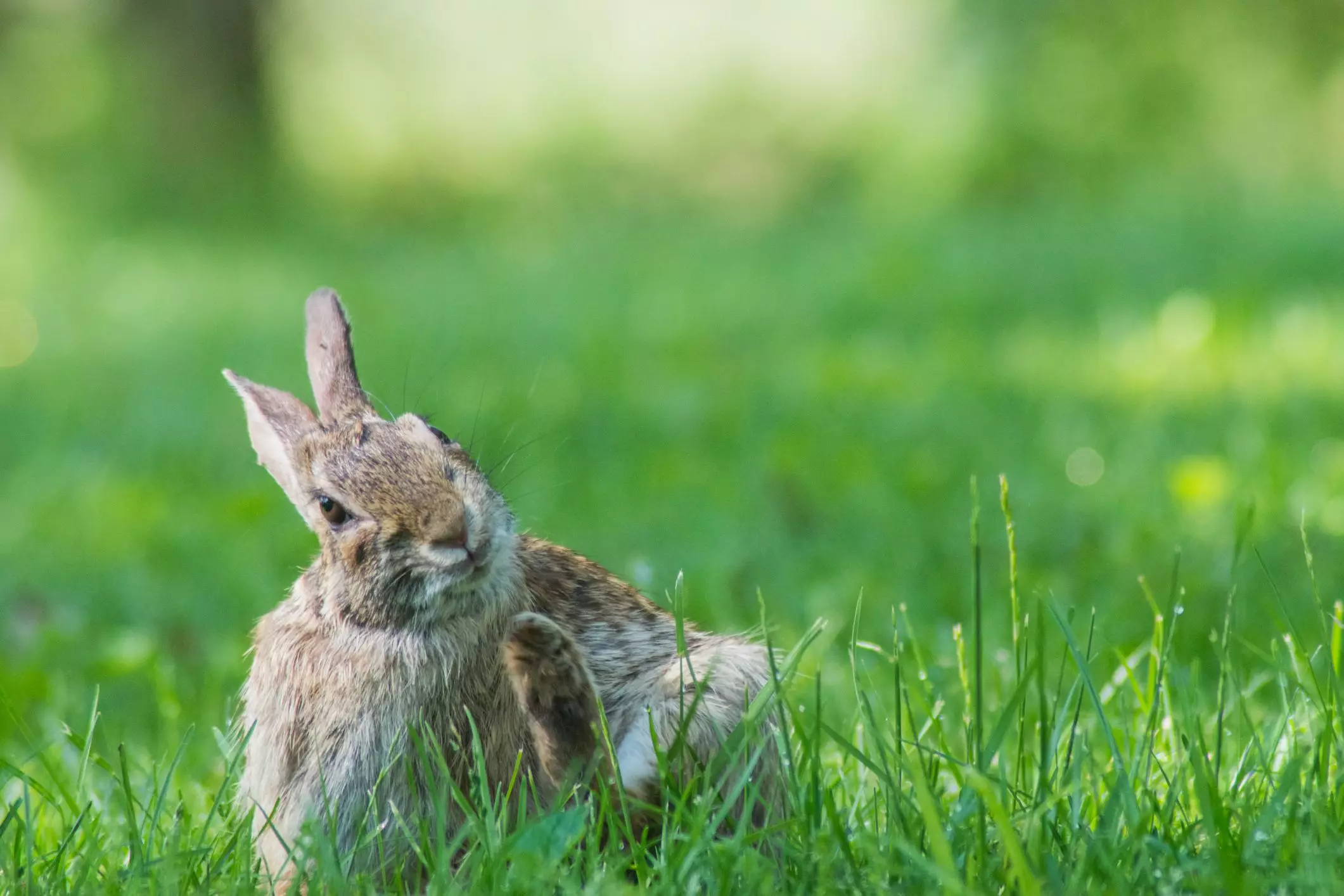When it comes to the care of pet rabbits, the importance of addressing itching symptoms cannot be overstated. Just like humans, rabbits experience discomfort, and excessive scratching is a clear indicator that something is wrong. Whether it’s due to parasites, allergies, or infections, recognizing the signs of pruritus—intense scratching—is crucial for maintaining your rabbit’s health and well-being.
Several factors can contribute to itching in rabbits. Common culprits include various parasites such as mites, fleas, and lice, or conditions like dry skin and allergies. When your rabbit scratches excessively, it often points to an underlying issue that requires attention. The presence of parasites like Cheyletiella, often referred to as “walking dandruff,” can cause significant discomfort. These microscopic mites feed on the blood of rabbits, leading them to scratch in an attempt to alleviate the irritation.
Fleas are another common problem; despite misconceptions, indoor rabbits can contract fleas from other animals or from the environment. Female fleas lay numerous eggs daily, meaning that a small number of fleas can quickly evolve into a larger infestation. It’s essential to regularly check for these pests to prevent a more serious situation.
On the other hand, a rabbit’s environment plays a significant role in its skin health. Dry, dusty areas, poor diet, and inadequate humidity levels can result in dry skin, prompting irritation and scratching. Addressing these environmental factors is crucial in providing relief to your pet.
Rabbits can be affected by various types of parasites, each presenting unique challenges for owners. Mites, particularly fur mites and ear mites, require immediate attention. Fur mites cause skin irritation and can spread rapidly if not managed. Ear mites, meanwhile, lead to discomfort that may manifest as head shaking or dirty-looking ears.
Lice infestation, although rarer, is another concern specific to rabbits. Unlike fleas, which can bite and affect humans, lice are species-specific and don’t pose a risk to people. Nonetheless, their presence can cause significant discomfort for your pet, necessitating a prompt response.
A more elusive but damaging threat is caused by fungal infections, such as ringworm. This disease leads to hair loss and can be transmitted between infected rabbits and humans alike. Recognizing the signs early can help avoid the spread of infection within your household.
Aside from parasites, rabbits can suffer from allergies that trigger itching. Many rabbits can react to environmental factors such as dust, specific bedding materials, or chemical products used in their vicinity. Changes in cleaning supplies, litter, or bedding can alleviate symptoms for allergic rabbits. It’s essential to keep a close watch on your rabbit’s environment and make necessary changes to identify potential allergens.
Certain products designed for other pets, such as shampoos and conditioners, can also lead to skin irritation. Understanding which products are safe and appropriate for your rabbit is critical in preventing accidental harm.
The treatment for itching in rabbits depends on the underlying cause. For mite infestations, your veterinarian may prescribe a safe antiparasitic medication. Over-the-counter products that are not specifically formulated for rabbits can be dangerous and should be avoided without veterinary guidance. Flea infestations require similar attention; it’s important to treat not only the affected rabbit but also other pets in the household and the environment they share.
If allergies or environmental factors are determined to be the cause of the itching, consider adjusting your rabbit’s living conditions. Utilize fragrance-free cleaning products and ensure that bedding is dust-free to promote a healthier living environment. Identifying and reducing potential allergens will improve your rabbit’s overall comfort.
Regular grooming can also help detect abnormalities early, preventing minor issues from evolving into serious problems. By examining your rabbit frequently, you can identify issues such as parasites, infection, or dry skin before they require extensive treatment.
Maintaining your rabbit’s health requires vigilance and understanding. A proactive approach to managing itching and scratching is necessary to ensure the well-being of your pet. By recognizing the signs of distress and determining the root causes, you can take appropriate action to provide relief. Always consult your veterinarian for guidance and treatment options tailored to your rabbit’s specific needs. A clean, safe environment, combined with regular monitoring, will significantly reduce the risk of itching and enhance your rabbit’s quality of life.


Leave a Reply